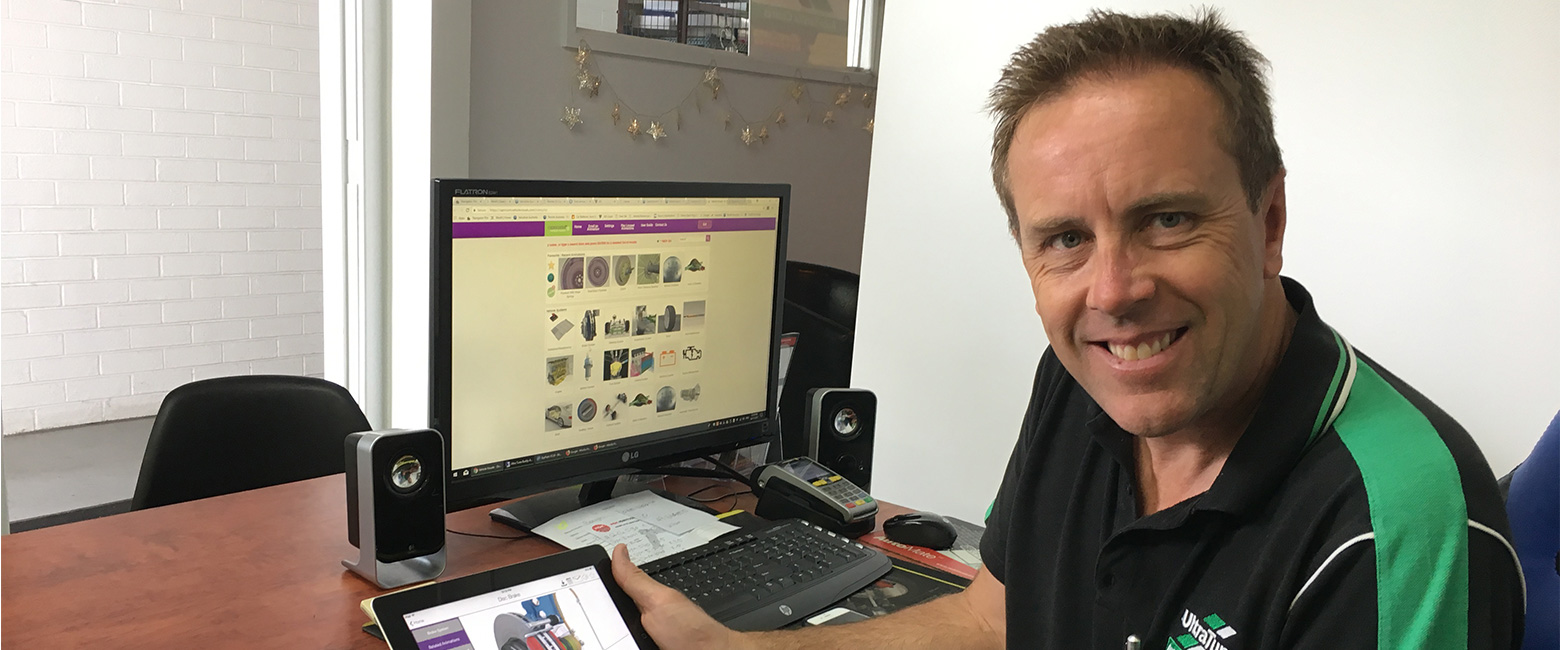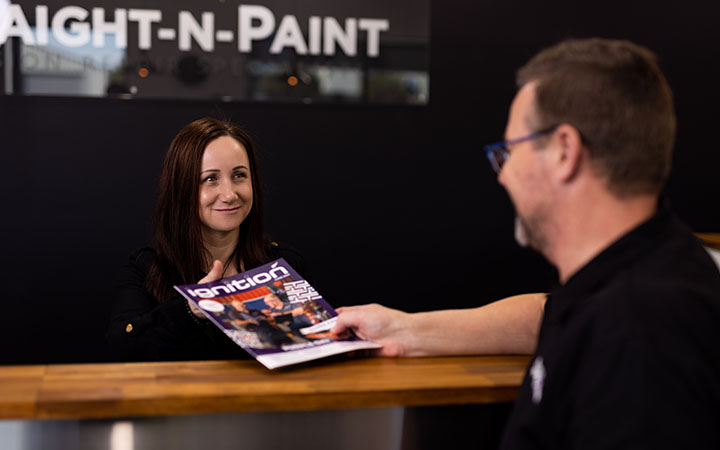Every time a customer interacts with your business you have the opportunity to make an impression.
If you put in the effort to create a good one, research shows customers are more likely to stay loyal for the next couple of years – boosting your profitability and keeping your workshop busy.
Create a bad impression with a customer, and that same research shows it’s likely you won’t see them again for at least a couple of years. Potentially, of course, they might never walk through your door again.
It’s a fair bet we don’t intend to create a bad impression. Obviously we want customers to be happy and keep coming back. But bad impressions can be created amazingly easily when we’re busy.
Think about lowering your tray table on an airplane and finding coffee rings or sticky orange juice spills. It’s not a huge stretch for our brains to think “if they can’t even maintain this, how well are they maintaining the rest of the plane?”
Perhaps that’s an extreme example, but the point is it’s the little things customers notice that can create the wrong impression. Like a waiter with dirty fingernails.
Little things that slip through
Often what does the damage is the little things we let slip by because we’re busy running a busy workshop. How easily could one of the following scenarios occur in your workshop?
Paperwork piles up untidily next to the computer and around the front counter
- Used cups, dead tea bags and wooden stirrers clutter the customer waiting area
- A customer isn’t acknowledged as soon as they walk in the door because you’re on the phone or having a conversation out in the workshop
- Employees are loitering in the customer car park, perhaps smoking or talking on their phones
- The reception area and customer service countertop are smeared with grease.
They’re all little things, but they can all leave a customer feeling cold before you’ve even said a word to them.
Look for the negative “silent signals”
Customer service expert and New York Times bestselling business author Shep Hyken calls these “silent signals” we send our customers.
“There are plenty of silent signals we send to our customers, both positive and negative,” he said. “I’m not as worried about the positive ones, although it’s important to know what they are so you can repeat them with more intention."
“What I’m really worried about are the negative signals, as they are often overlooked. The problem is the potential erosion of confidence created by these negative signals. That can turn into lost business."
“There’s no onetime solution because these negative signals, while they hopefully don’t happen consistently, do occasionally happen. The way to avoid them is to become aware of them."
Shep recommends that “if you catch a potential negative signal, fix it quickly and make note to share the experience with your team."
“Make a list and update it as you notice new ones. That’s a good start. Once you and everyone on your team are aware of them, you are already on your way to eliminating them."
“Awareness is the first step. Vigilance is the next.”


